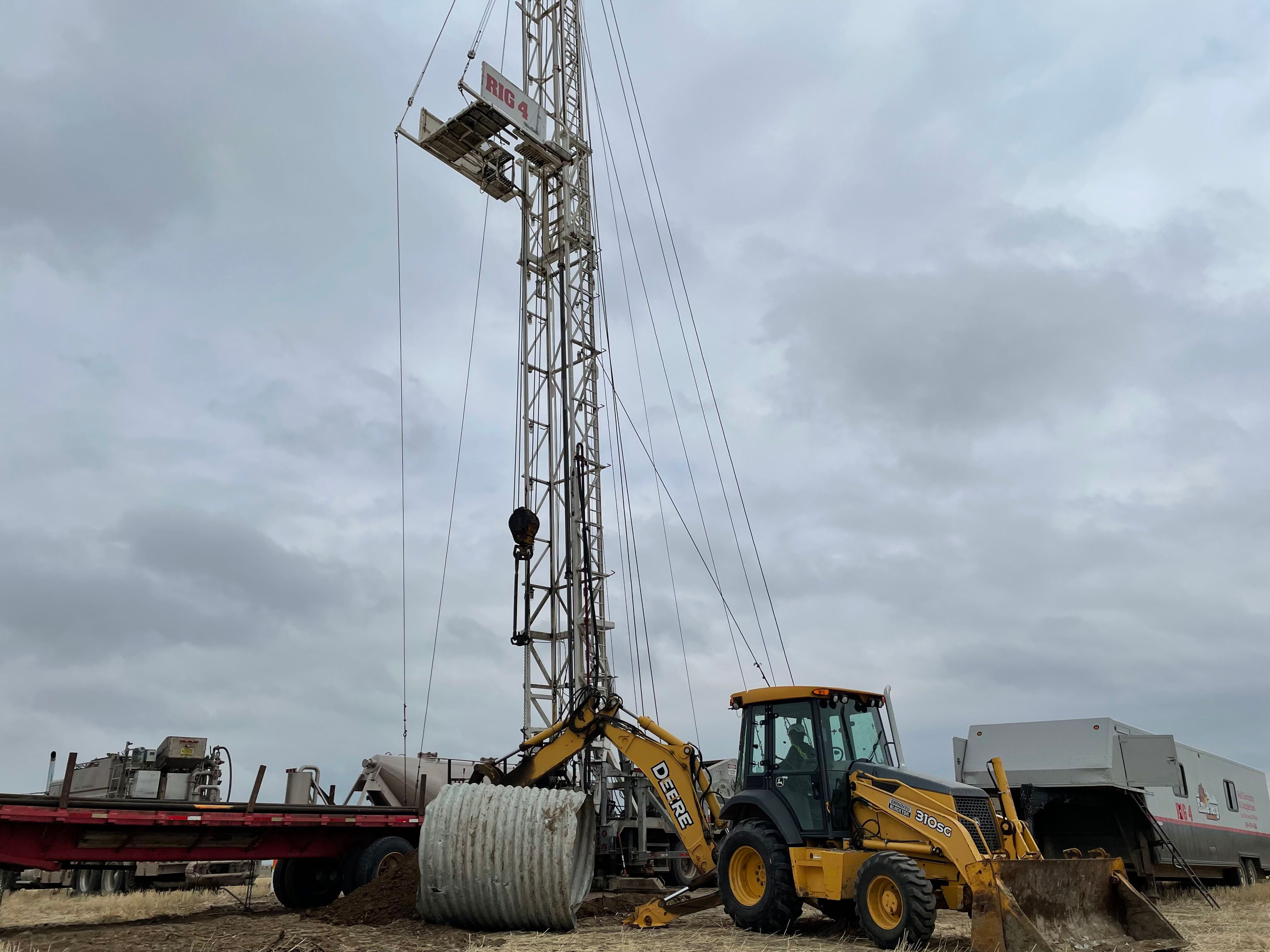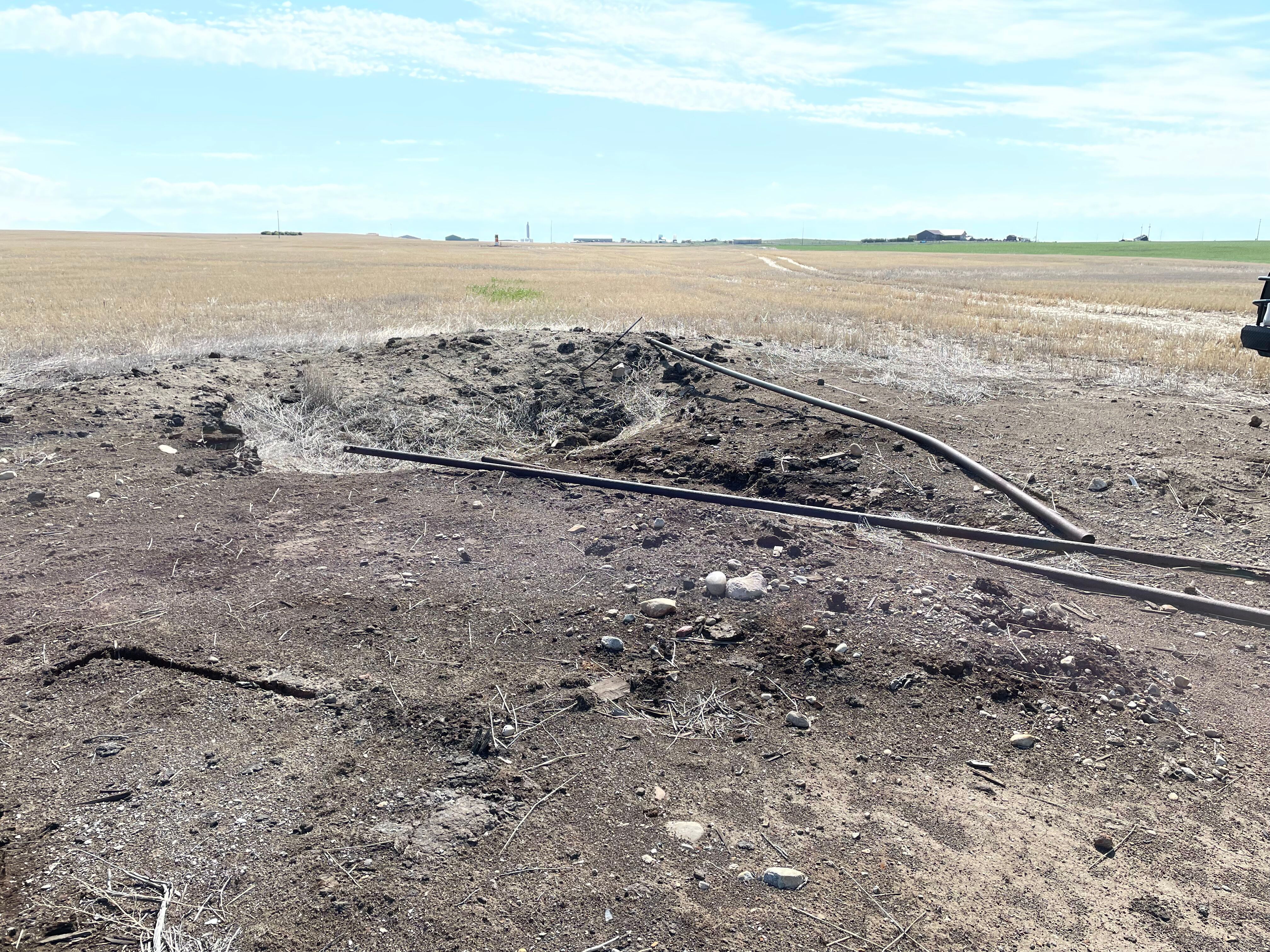Abandoned oil and gas wells are wells that are no longer producing and that do not have an operator responsible for their remediation. In the US, these wells collectively emit an estimated 6.6 million MTCO2e-worth of methane each year, though there is a dearth of empirical measurements at wellheads and this number may actually be significantly higher. The EPA estimates the number of abandoned, unplugged wells in the US to be between 2.3 and 3.2 million.
There is still great uncertainty around the typical emissions from an average abandoned well. We are working to better understand and predict methane emissions from wells across the US, to better prioritize remediation efforts at high-emitting wells and encourage innovation to reduce the carbon intensity of the plugging process.



